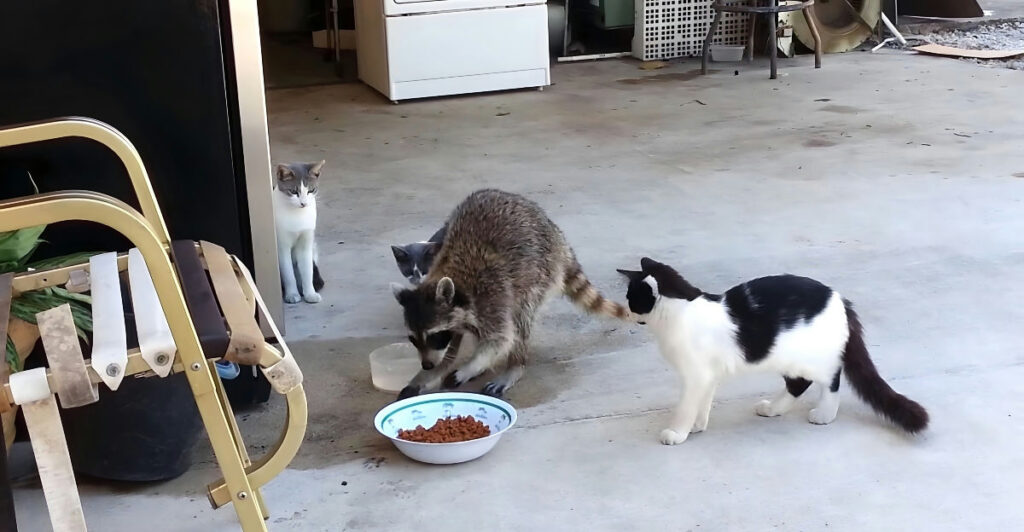
Both free-roaming cats and raccoons can pose significant threats to local wildlife and domestic environments, spreading disease, disturbing ecosystems, and causing property damage. While cats are natural hunters impacting small animal populations, raccoons can transmit diseases to pets and humans and may even attack when threatened. This article compares the potential risks each animal presents, exploring the ten most notable dangers they bring to wildlife and human environments.
1. Wildlife Predation by Cats
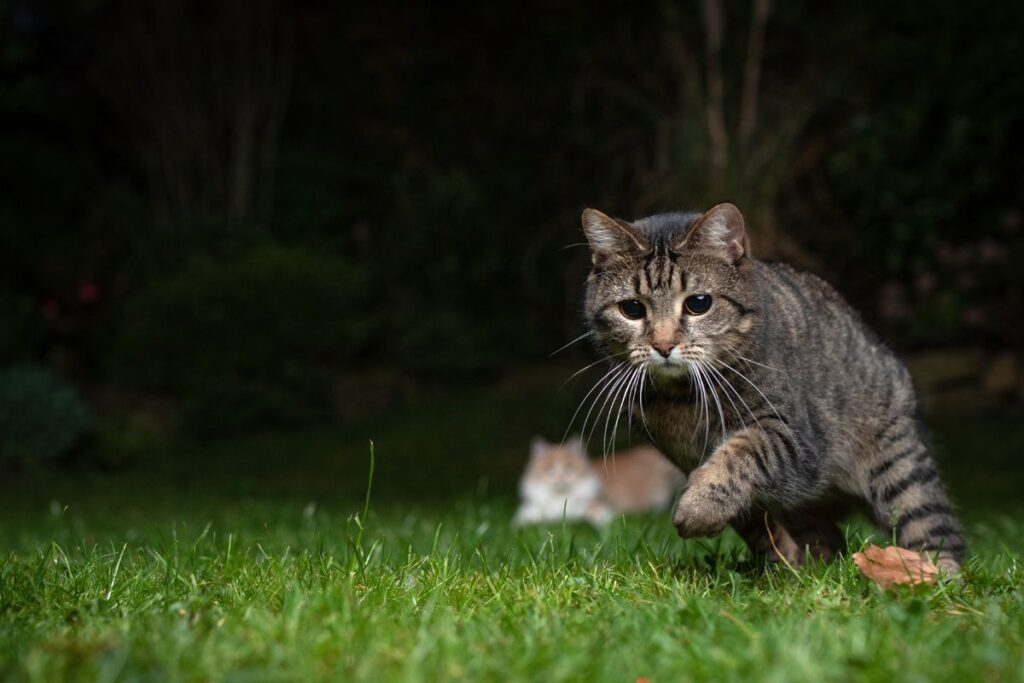
Outdoor cats are known for their hunting instincts and have a considerable impact on wildlife populations. Studies show that cats kill billions of birds, mammals, and reptiles each year in the United States alone, contributing to the extinction of several species. Free-roaming cats not only hunt for food but also kill prey out of instinct, often without consuming it, adding strain to already vulnerable ecosystems.
2. Ecosystem Disruption from Cats
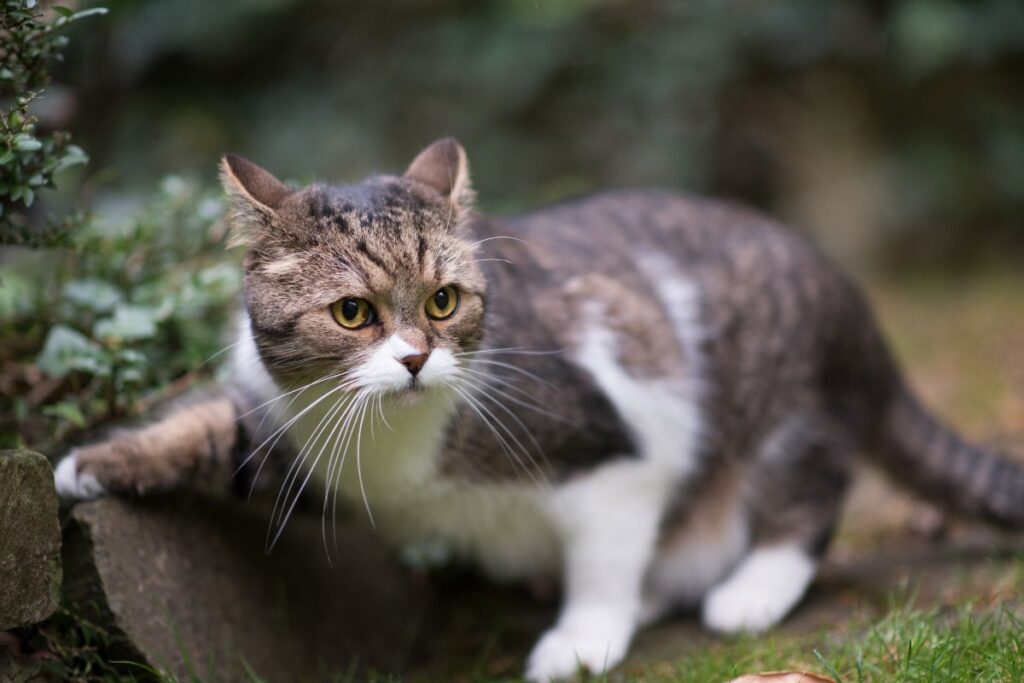
Even when cats are not actively hunting, their presence can disturb local wildlife. Cats can interfere with birds’ nesting, foraging, and feeding behaviors, ultimately affecting their ability to thrive. Keeping cats indoors is one way to help protect local ecosystems, though measures like bell collars can alert some prey animals to their presence.
3. Raccoons as Disease Carriers
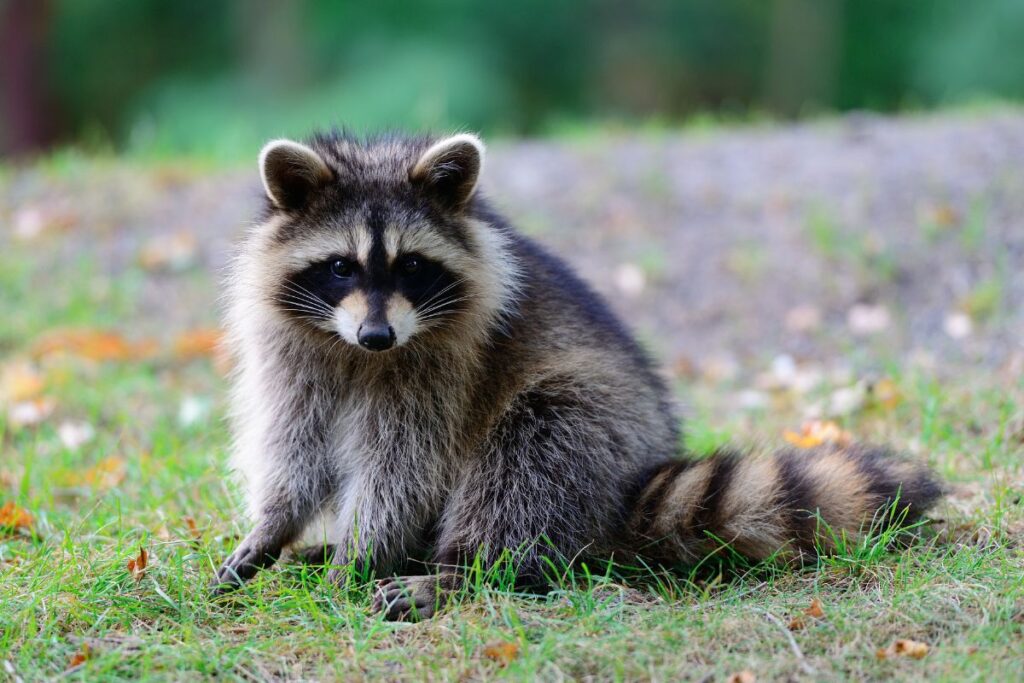
Raccoons are known carriers of various diseases, especially rabies, which can be transmitted to pets and humans. Their feces can also spread raccoon roundworm and leptospirosis, which are harmful to pets and people. Rabies, in particular, is highly contagious and can lead to severe health outcomes, making raccoons a serious health risk in residential areas.
4. Cats and Disease Transmission
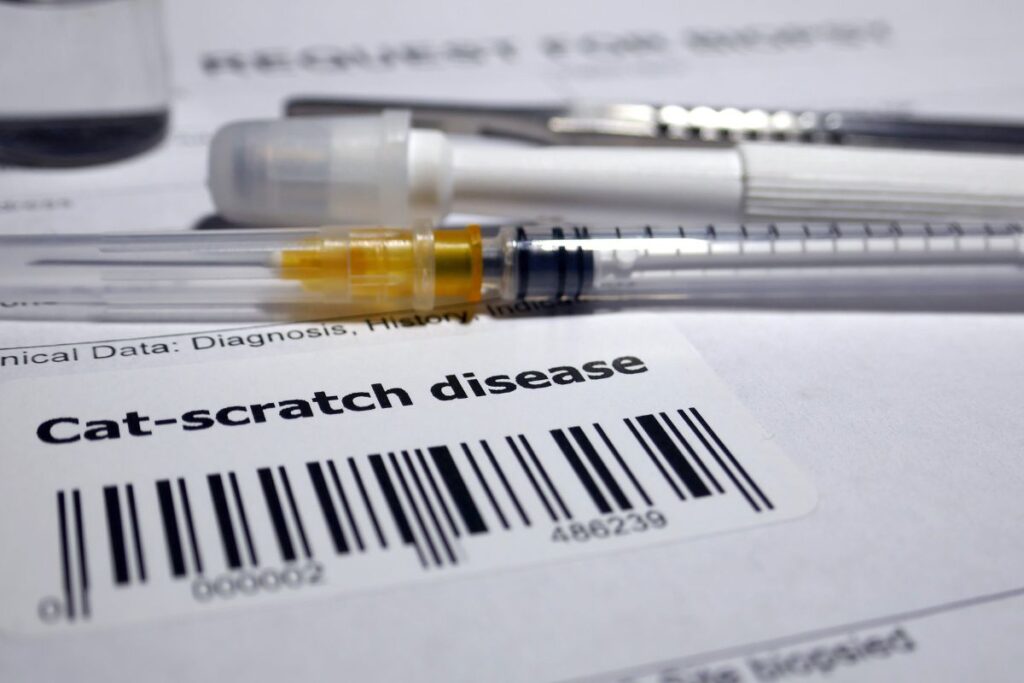
Cats can carry diseases transmissible to humans and other animals, such as toxoplasmosis. This disease, caused by the parasite Toxoplasma gondii, is a concern for pregnant women and immunocompromised individuals. Free-roaming cats may contract diseases like feline leukemia and other parasites, increasing the risk of transmission in shared environments.
5. Property Damage from Raccoons

Raccoons are notorious for causing property damage, particularly in urban and suburban settings. They can break into attics, basements, and crawl spaces, often damaging roofs, vents, and siding in the process. Once inside, raccoons may create dens, tear insulation, and leave behind waste, necessitating professional removal and extensive repairs to secure the property.
6. Physical Threats from Raccoons

When threatened, raccoons can become aggressive and dangerous, particularly if protecting their young. They may attack pets, including cats and small dogs, using sharp claws and teeth to defend themselves. Raccoons are especially defensive during birthing seasons, making it crucial for pet owners to monitor their animals outdoors.
7. Outdoor Hazards for Cats

Outdoor cats face numerous dangers, including traffic accidents, predator attacks, and exposure to harsh weather. Outdoor cats typically have shorter lifespans—only 2-5 years compared to 10-20 years for indoor cats—due to these risks. Owners who want their cats to experience the outdoors are advised to use leashes or enclosures.
8. Parasite Risks from Both Animals

Both cats and raccoons carry parasites that can infect each other, wildlife, and even humans. Raccoons carry fleas and ticks that can spread to other animals, while outdoor cats are at high risk of picking up parasites like heartworms, roundworms, and fleas, which they can bring home. Preventive parasite control is crucial to minimize these risks.
9. Cats’ Role in Toxoplasmosis Transmission
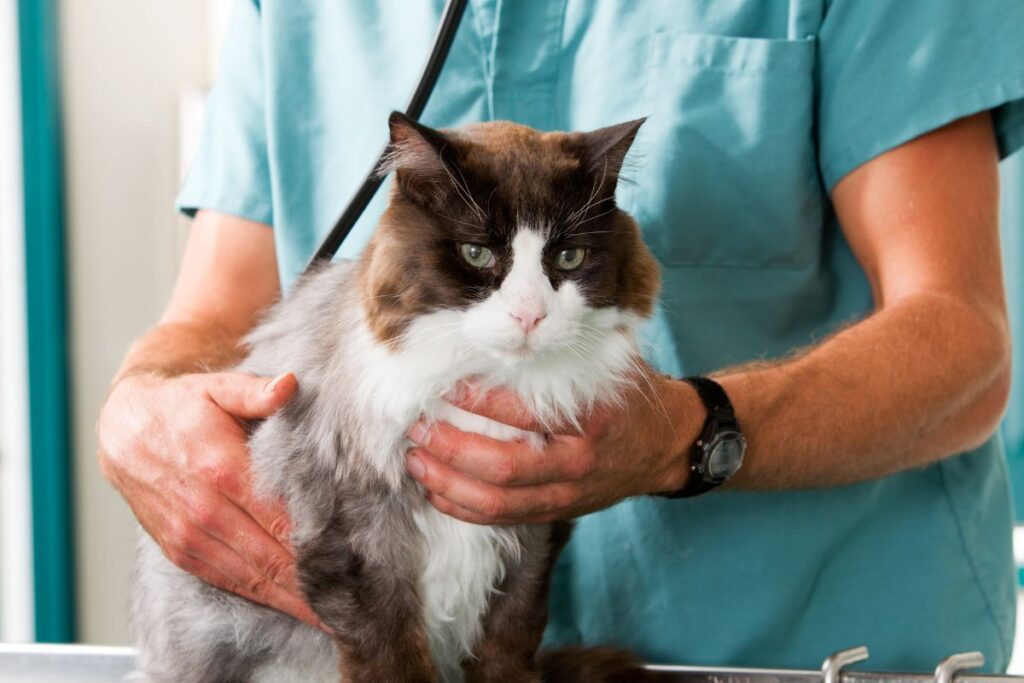
As part of the toxoplasmosis life cycle, cats can pass the Toxoplasma gondii parasite in their feces, which can become infectious after 24 hours. This presents a risk to humans, especially those who are pregnant or immunocompromised. Keeping cats indoors and practicing proper litter disposal can help minimize toxoplasmosis spread.
10. Preventive Measures for Both Animals
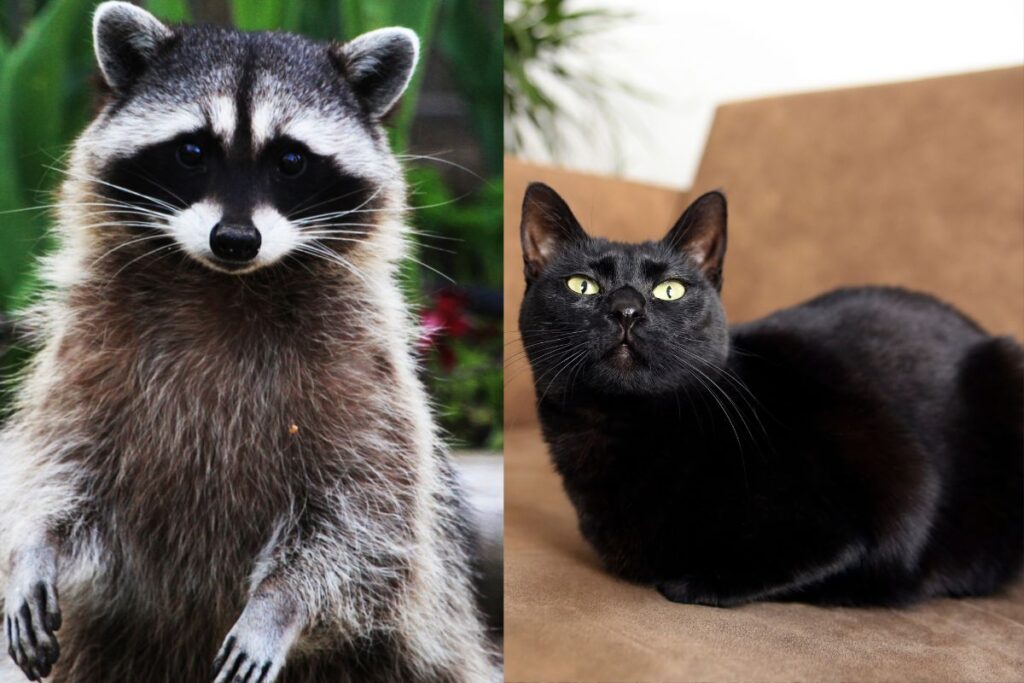
To minimize risks, pet owners should keep cats indoors or under supervision, ensure regular vaccinations, and use collars with bells for free-roaming cats. For raccoons, prevention means securing food sources like trash cans and pet food and sealing potential entry points to avoid infestations. In both cases, taking these precautions can help protect both wildlife and pets from harm.
Stay connected with us for more stories like this! Follow us to get the latest updates or hit the Follow button at the top of this article, and let us know what you think by leaving your feedback below. We’d love to hear from you!







